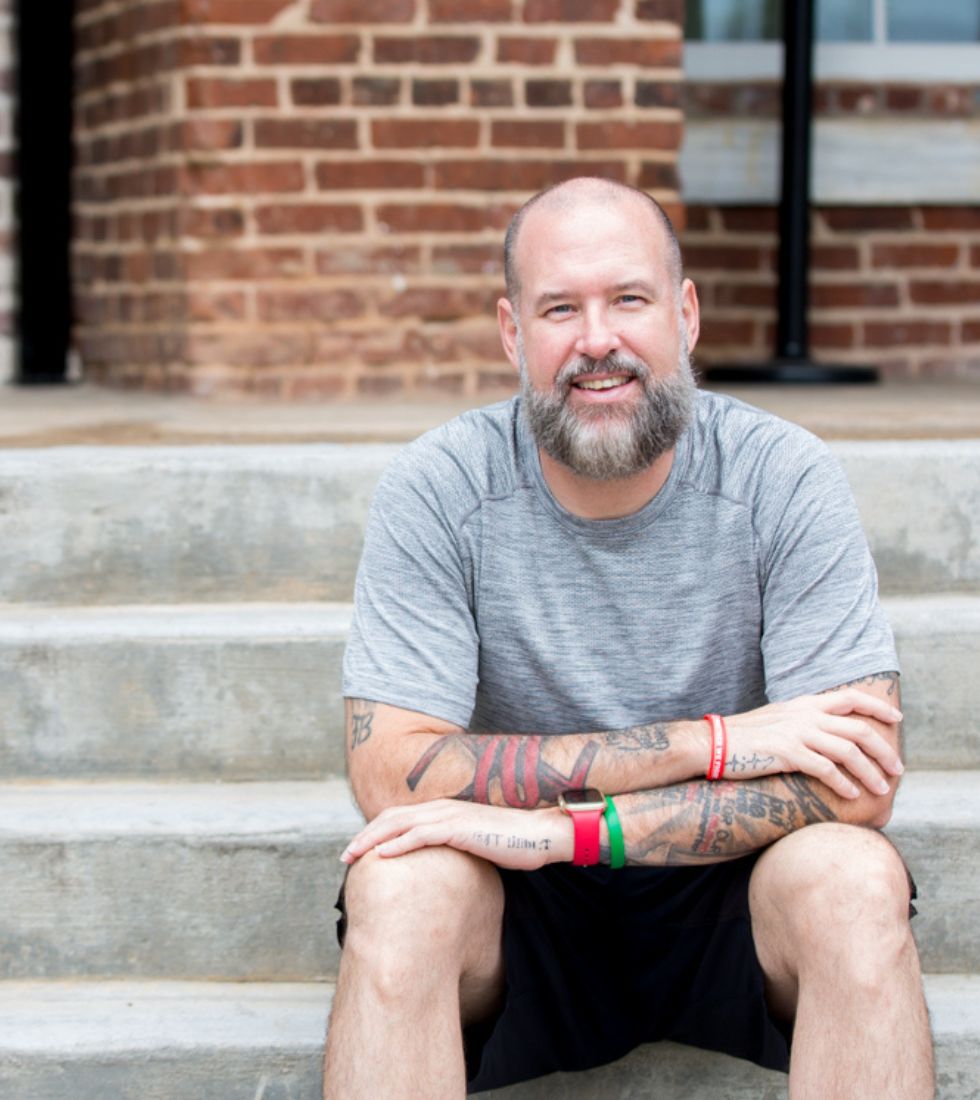Explore the hidden struggle of Quiet BPD
In the world of mental health, certain conditions can often remain in the shadows, misunderstood or under-recognized. Quiet Borderline Personality Disorder, or Quiet BPD, is one such condition. Even as conversations around mental health are becoming increasingly common, some aspects, like Quiet BPD, remain shrouded in misconceptions and stigma. This article aims to shed light on this lesser-known subtype of Borderline Personality Disorder, helping us understand its distinct symptoms, the differences from classic BPD, the challenges in its diagnosis, and the available treatment options. Let’s journey together to unravel the quiet struggles of those living with Quiet BPD and make strides toward greater awareness and acceptance.
Understanding Quiet BPD
Borderline Personality Disorder (BPD) has numerous facets and presentations; Quiet BPD often goes unnoticed. But what exactly is it, and how does it differ from what we traditionally understand as BPD? Let’s delve into this subject.
What is Quiet BPD?
Quiet BPD, or ‘acting in’ BPD, is a subtype of Borderline Personality Disorder. Like its more recognized counterpart, it is characterized by emotional instability and intense, fluctuating feelings. However, in Quiet BPD, individuals tend to internalize these feelings rather than express them outwardly.
Symptoms of Quiet BPD
Internal Emotional Turmoil
Individuals with Quiet BPD experience an inner emotional rollercoaster that they often hide from the world. Their moods can shift rapidly, with a constant undercurrent of anxiety, depression, or anger.
Rejection Sensitivity
Those with Quiet BPD intensely fear abandonment and rejection, leading to self-isolation to prevent perceived emotional harm.
Impulsive Self-directed Behavior
Unlike classic BPD, where impulsive behavior may be outwardly directed, individuals with Quiet BPD exhibit impulsive behavior directed towards themselves, like self-harm or neglecting personal needs.
Differences: Quiet BPD vs. Classic BPD
External vs. Internal Symptoms
In classic BPD, symptoms like explosive anger, reckless behavior, and stormy relationships are conspicuous. With Quiet BPD, these symptoms are mostly internalized, making them harder to detect.
Quietness of Symptoms
Those with Quiet BPD suppress their emotional volatility, often appearing calm and composed externally, while internally, they’re facing intense emotional pain.
Perception and Stigma
Because the symptoms are less visible in Quiet BPD, it’s often misunderstood, underdiagnosed, and carries a unique stigma, with individuals often being labeled as overly sensitive or introverted.
Diagnosis of Quiet BPD
Clinical Diagnostic Criteria
Quiet BPD shares the diagnostic criteria of BPD: emotional instability, impulsivity, identity disturbances, and fear of abandonment. But since these symptoms are internalized, it requires careful evaluation.
Diagnostic Challenges
Given the quietness of symptoms, diagnosis of Quiet BPD can be challenging. It calls for careful observation and a deep understanding of the individual’s internal emotional landscape.
Treatment Approaches
Therapy Options
Mindfulness Cognitive Behavioral Therapy (MCBT), Dialectical Behavior Therapy (DBT), and Somatic Therapy are popular therapeutic approaches for Quiet BPD. They help patients regulate emotions, manage relationships, and reduce impulsive self-directed behaviors.
Self-Care and Coping Strategies
Along with therapy, incorporating self-care strategies like regular physical activity, healthy eating, adequate sleep, and mindfulness practices can significantly improve the quality of life for those with Quiet BPD.
Conclusion
Understanding Quiet BPD demystifies the internal struggles faced by many individuals while bringing to light the need for more nuanced approaches to BPD. Despite being less visible than classic BPD, its impact is profound and requires both professional support and self-care strategies to manage.
FAQs
- What is Quiet BPD? Quiet BPD is a subtype of Borderline Personality Disorder where individuals internalize their emotional instability and intense feelings, making it less noticeable externally. More Information on BPD
- How does Quiet BPD differ from classic BPD? In classic BPD, symptoms such as explosive anger, reckless behavior, and unstable relationships are outwardly apparent. In Quiet BPD, these symptoms are internalized and less visible. Comparison between Quiet and Classic BPD
- What are the challenges in diagnosing Quiet BPD? Because the symptoms are less visible and often internalized, diagnosing Quiet BPD requires careful observation and understanding of the individual’s internal emotional landscape. Diagnosis of BPD
- What are the treatments for Quiet BPD? Treatments for Quiet BPD often involve therapeutic approaches like Cognitive Behavioral Therapy (CBT) and Dialectical Behavior Therapy (DBT) alongside self-care strategies. Treatment Options for BPD
- What is the stigma around Quiet BPD? Quiet BPD often goes unnoticed and misunderstood, with individuals labeled as overly sensitive or introverted, creating a unique form of stigma. Stigma Around BPD
People Also Ask
- Are there different types of Borderline Personality Disorder? Yes, there are subtypes of Borderline Personality Disorder, one of which is Quiet BPD. While the core features of BPD are present in all subtypes, they can manifest differently depending on the individual.
- Can Quiet BPD be cured? While there’s no “cure” per se, effective treatments can help individuals with Quiet BPD manage their symptoms and lead fulfilling lives. These include therapies like Cognitive Behavioral Therapy (CBT) and Dialectical Behavior Therapy (DBT), as well as lifestyle changes and self-care strategies.
- Is Quiet BPD hereditary? There’s evidence suggesting that BPD has a genetic component, but it’s not entirely clear if this extends to Quiet BPD. Environmental factors, like traumatic life events, also play a significant role in the development of these disorders.
- What does a Quiet BPD episode look like? In a Quiet BPD episode, the individual may experience intense inner turmoil, feel overwhelmed by emotions, or engage in self-directed impulsive behaviors. However, these symptoms may not be outwardly apparent, as people with Quiet BPD often internalize their experiences.
- Can someone with Quiet BPD maintain relationships? Yes, people with Quiet BPD can maintain relationships but might struggle with fear of abandonment and intense emotions. Therapy and ongoing support can help them develop healthier relationship patterns and coping mechanisms.

Somatic coach (therapist) in Canton, GA, and Worldwide Life Coach dedicated to inspiring and assisting people worldwide through candid conversations about anxiety. Having personally battled general anxiety, panic disorder, and OCD, I understand the daily challenges those grappling with anxiety face. My journey involved searching for the right therapist, medication, and natural supplements and undergoing various tests. It was only after deciding to reclaim my life that I finally overcame anxiety’s hold. I’m passionate about helping others conquer their struggles and discover their life purpose.

